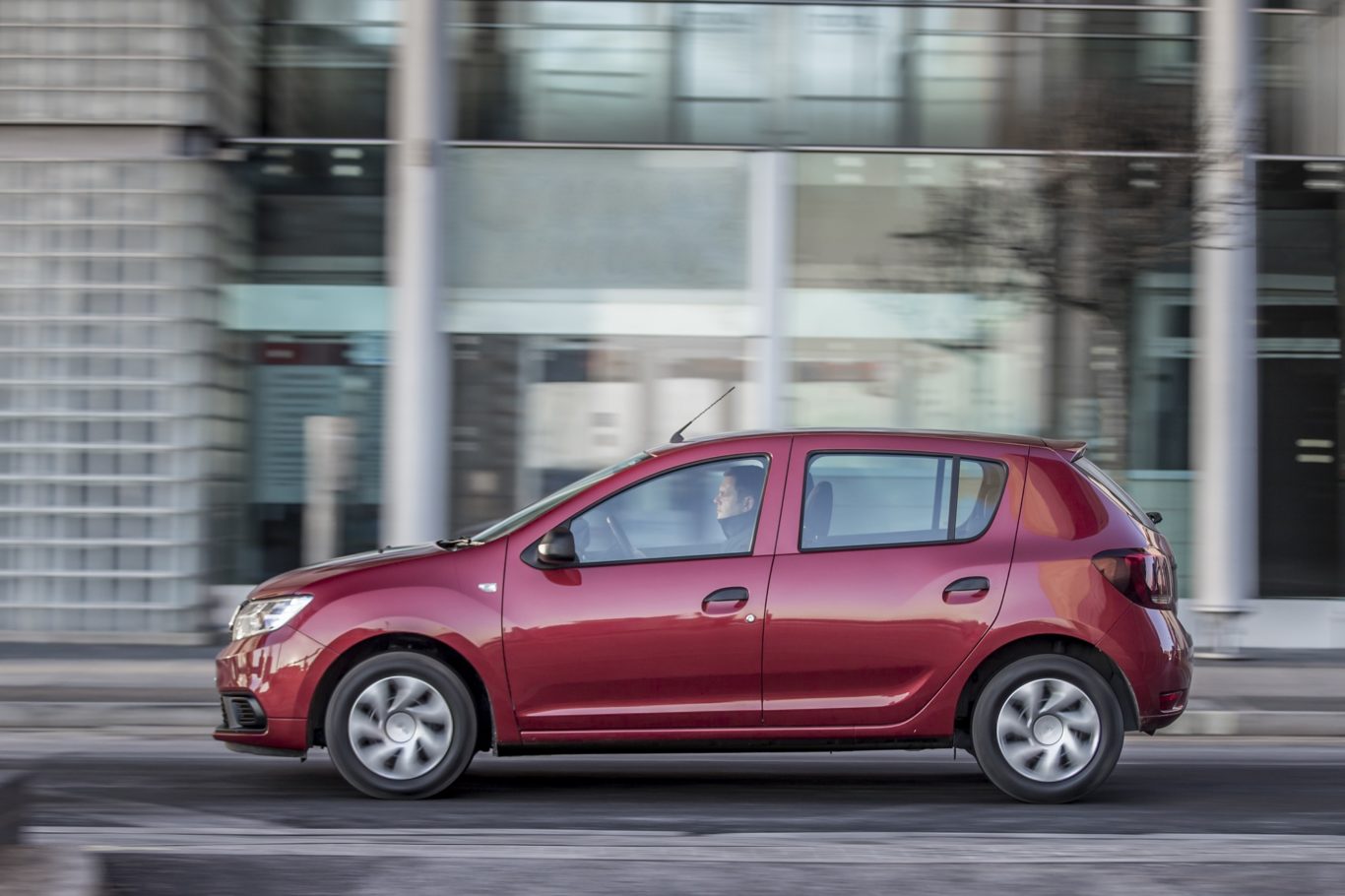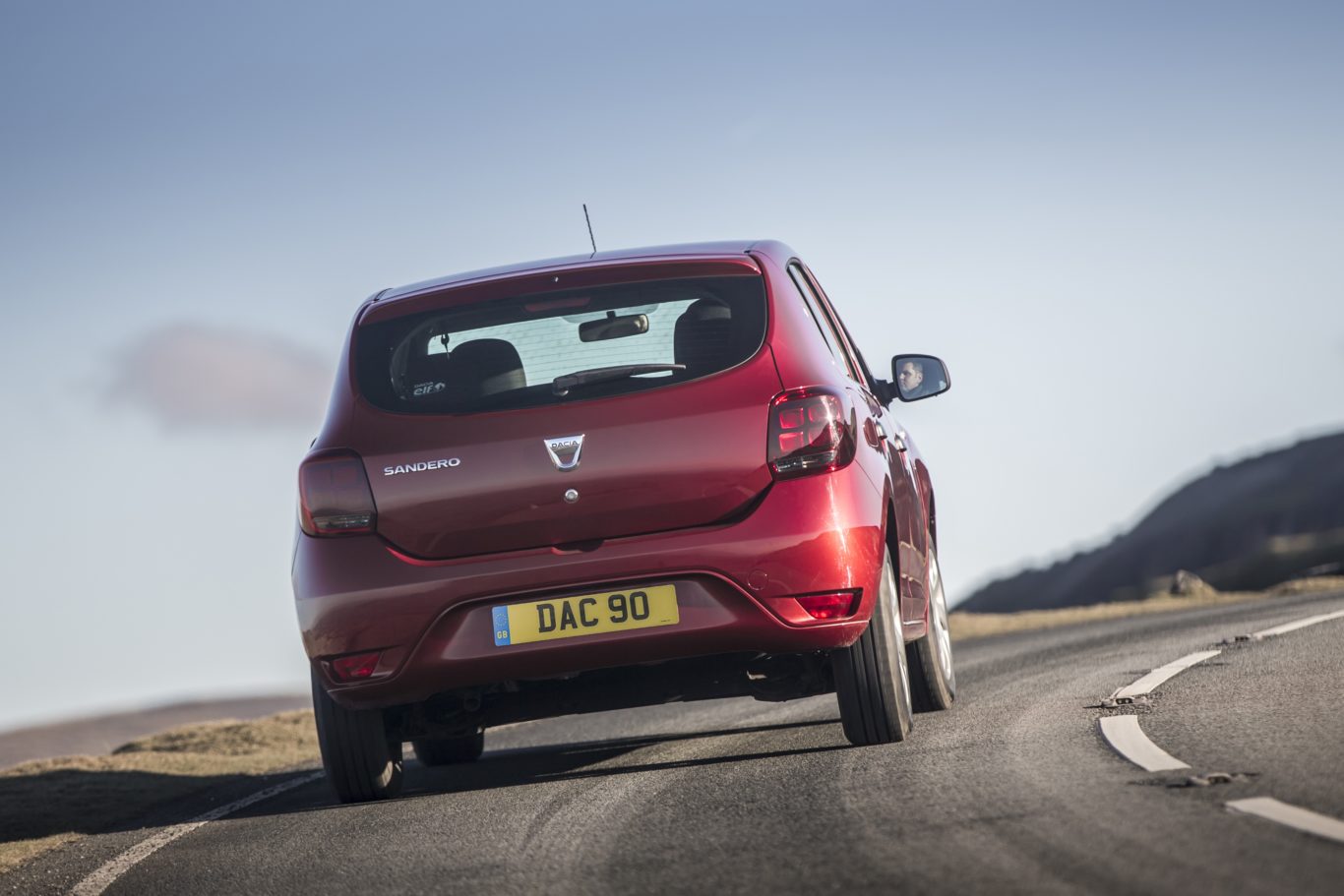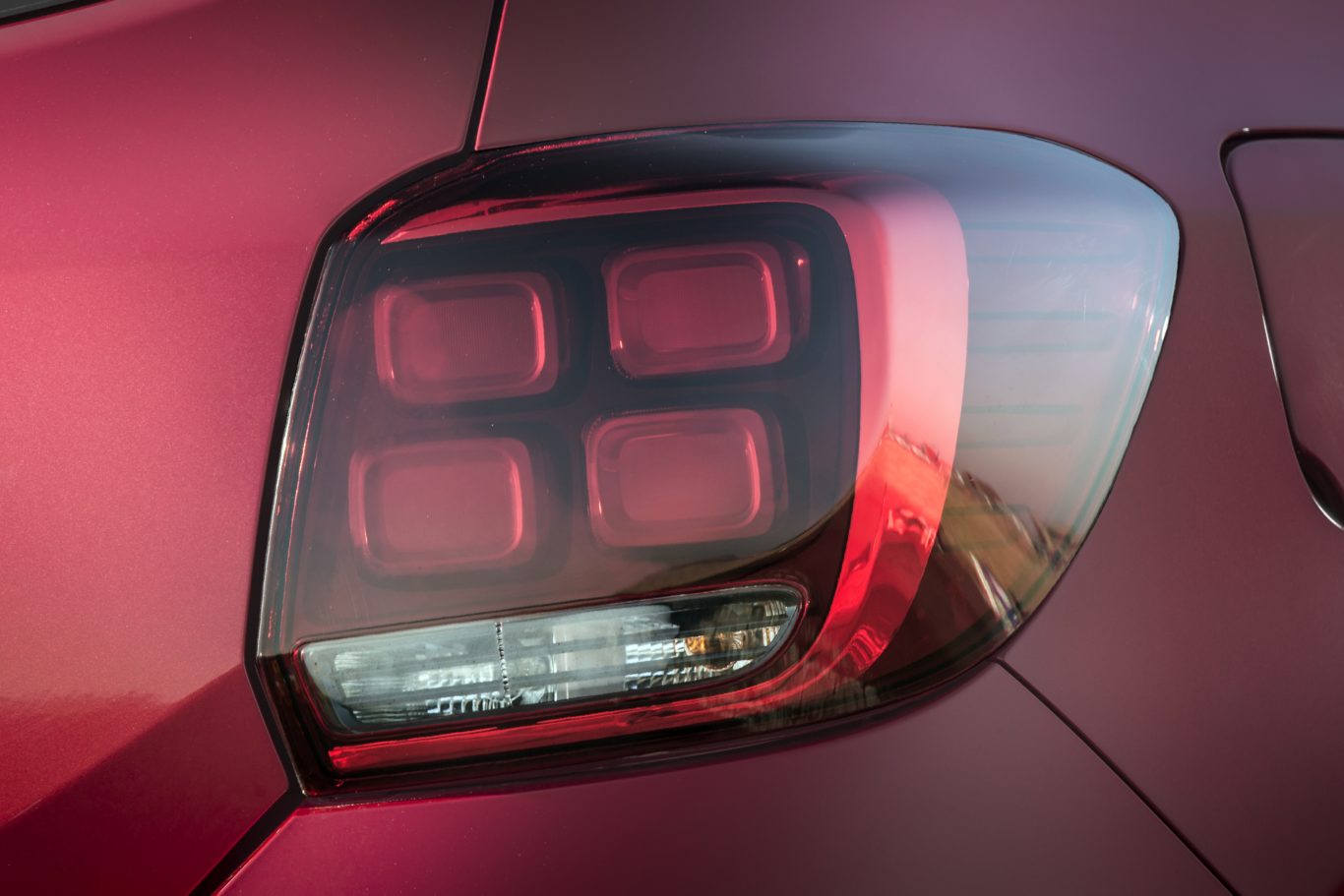
What is it?
The Dacia Sandero is a cheap to buy, cheap to own supermini, which lines up against rivals like the Skoda Citigo, Volkswagen Up and Hyundai i10. While most of the competition fits into the smaller city car class, the Sandero is more of a size rival for bigger, more expensive alternatives, which makes its price point even more attractive.

The bottom end of the Sandero range starts at just £6,995, but this Comfort model is the top of the range offering, adding premium equipment such an infotainment system, cruise control and rear parking sensors, without overinflating the on the road price.
What’s new?
The range topping Comfort model combines the space and practicality that you’d find in the entry-level Sandero, but adds luxury equipment like electric windows, infotainment system and parking sensors. While it brings kit levels more in line with premium low-spec rivals, it still remains incredibly good value for money.
What’s under the bonnet?
The Sandero Comfort we’ve got on test is powered by a 898cc naturally aspirated petrol engine which pumps out 90bhp, meaning a 0-60mph time of over 11 seconds and a top speed of 109mph. As you’d expect then, this isn’t a car that’s focused on spirited driving – it’s more geared towards a comfortable drive.

Ideally, the more powerful 1.2 petrol is better suited for nipping through gaps in city traffic and short journeys. However, the 0.9 litre is a more capable all-rounder in town and copes well at higher speeds too, without being scintillating. It isn’t as refined as some of its competitors though.
What’s it like to drive?
The Sandero isn’t the sharpest car to drive, while the steering is quite weighty, making it not as precise as we’d like for a car in this class. Also, drive it around tight corners and there’s a fair amount of body lean.

Handling isn’t the be all and end all in this class, but when lined up against similarly priced offerings, the differences are clear. The ride quality, again, is pretty poor for a car of this class. You really feel lumps and bumps in the road which for a car that generally will spend most of its time in urban areas, will become tiresome after a while.
How does it look?
There’s very little on the outside that makes the Sandero stand out from the competition. In fact, if anything, it looks a lot more bland that some of its rivals which tend to offer packs that allow you to personalise it – for an added fee of course.

Not much effort has gone into giving the styling a bit of pep. This really is a car that has been designed for someone who just wants a car as a means of getting from A to B without worrying about the journey.
What’s it like inside?
The interior is pretty basic, but then this is to expected from a car with a price tag of around ten thousand pounds. Some effort has gone into giving it some sparkle, like the piano black decorative inserts on the door panels, and there’s satin chrome on the front door handles and centre console. There’s even leather on the gear knob. The seat material is cloth though which does feel pretty low rent. There are a couple of cup holders in front of the gearstick, but they’re very shallow and won’t suit all types of cups.

The ergonomics are a little all over the place too, with controls that are scattered in a variety of areas – the cruise control is easy to switch on with your left knee but you have to change the desired speed with a stalk on the steering wheel, for instance. The infotainment system is well placed and easy and quick to operate, however. Just make sure you’ve got a long USB cable if you want to charge your phone as the plug socket is in an awkward position.
What’s the spec like?
Equipment levels aren’t exactly what you’d call extensive; this is a budget car after all. But just because Dacia has one eye on costs, that doesn’t mean it’s been stripped back to basics.

It comes with air conditioning, electric front windows, DAB radio and 7-inch touch screen multi media system, which controls technology like satellite navigation and Bluetooth connectivity for your mobile phone.
Verdict
When it comes to value for money, there’s very little to argue against with the Sandero Comfort. Similarly priced rivals, while better built, more efficient and more desirable, are generally smaller and less practical. But if you go for something similarly sized, you’ll end up paying a higher premium.

Enjoy the convenience of having The Sunday Post delivered as a digital ePaper straight to your smartphone, tablet or computer.
Subscribe for only £5.49 a month and enjoy all the benefits of the printed paper as a digital replica.
Subscribe